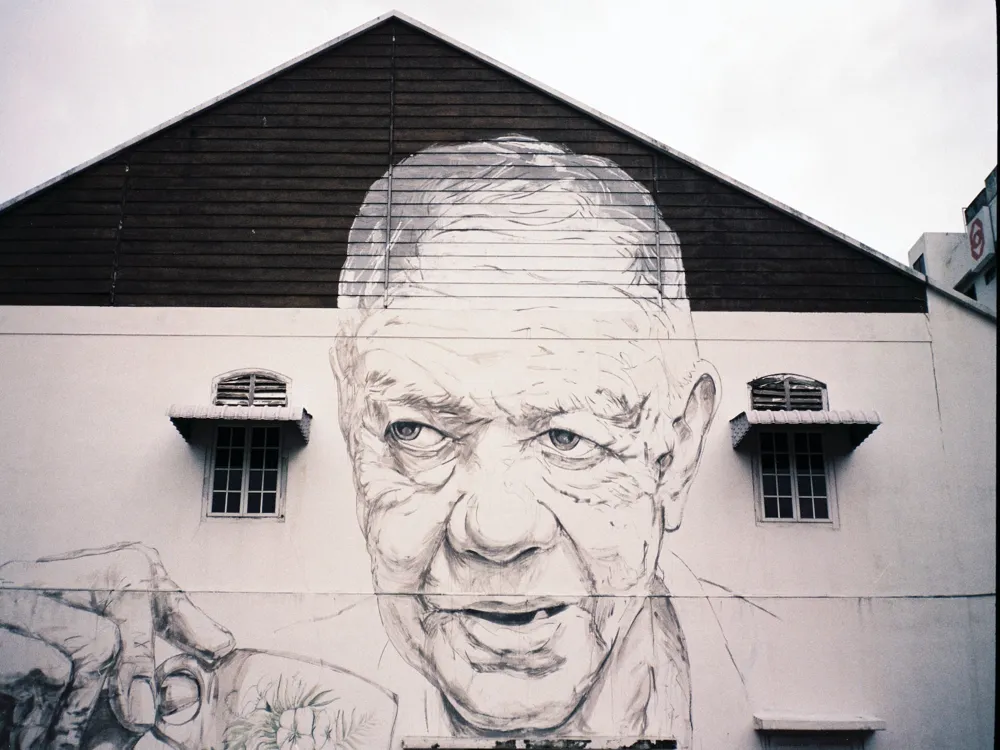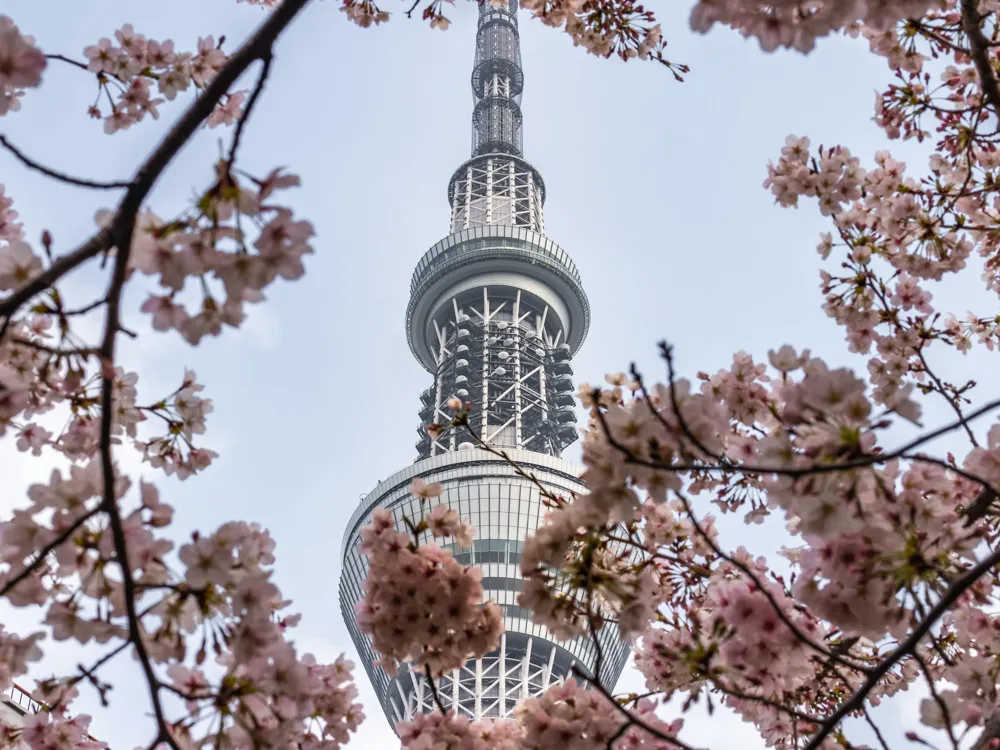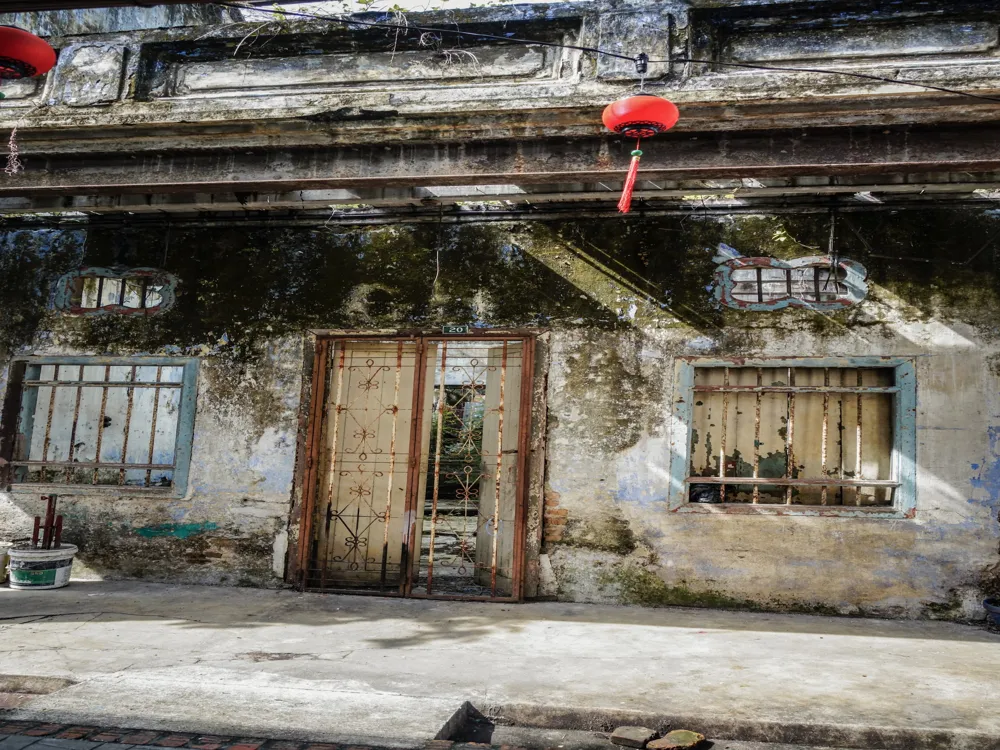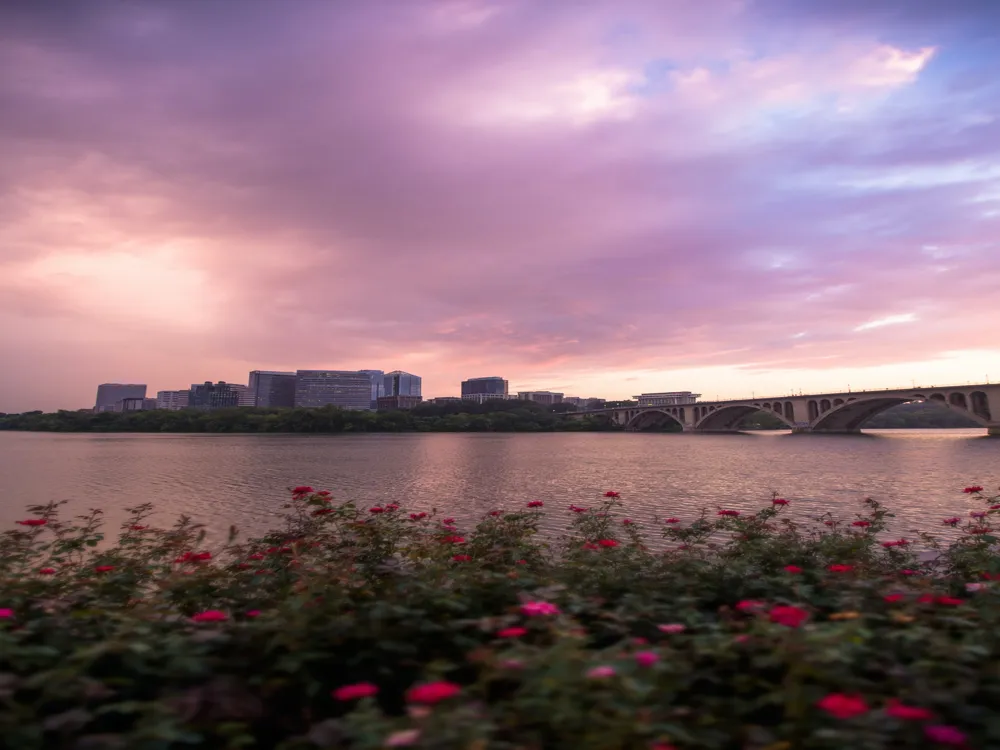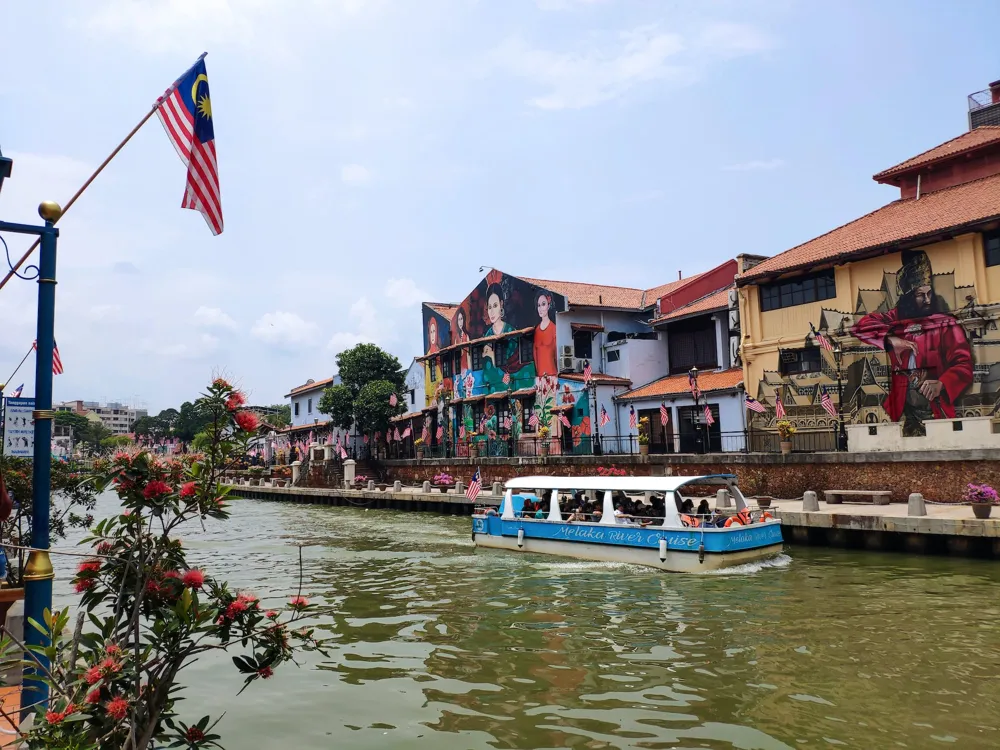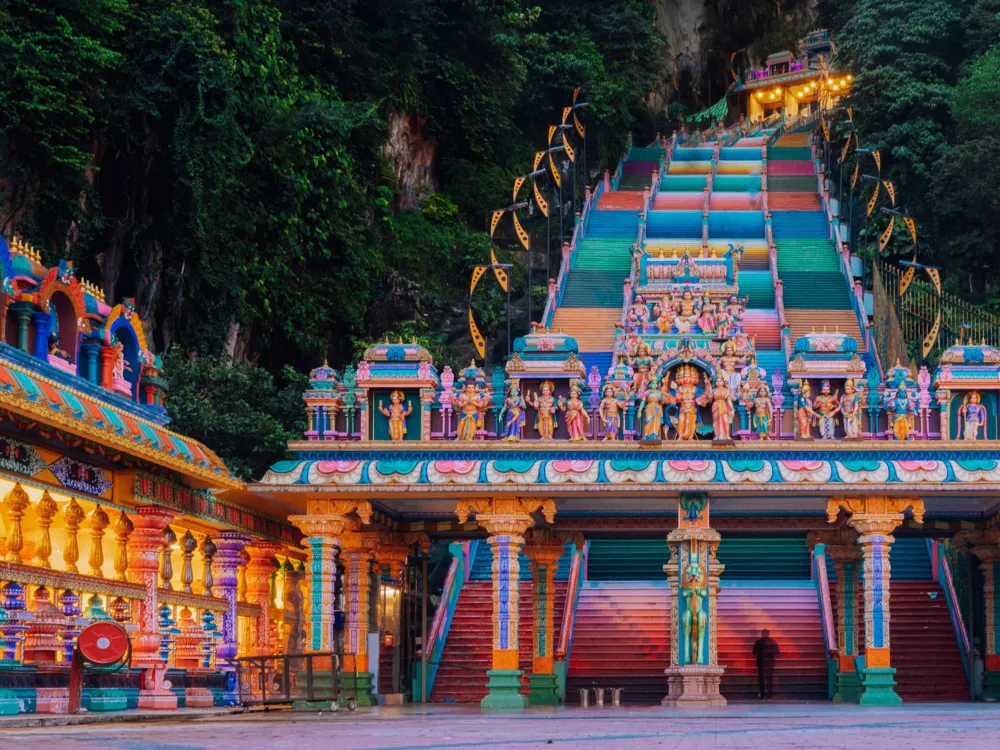The Kek Lok Tong Cave Temple, nestled in the scenic landscape of Ipoh, Perak, is a magnificent representation of natural and man-made beauty. This enchanting cave temple, part of a stunning limestone cave system, has been a place of worship since the 1920s. The name 'Kek Lok Tong' translates to 'Cave of Ultimate Bliss' or 'Cave of Great Happiness,' which aptly describes the serene ambiance that visitors experience here. The cave temple stands out as a unique blend of natural formations and religious significance. The main cave chamber, known for its vastness, hosts various Buddhist and Chinese deities, meticulously placed amidst the natural cave setting. The stalactites and stalagmites inside the cave add to the mystic allure, having been formed over thousands of years. These geological formations create an ethereal atmosphere, making the cave temple not just a religious site, but also a testament to the wonders of nature. The back of the cave opens up to a breathtaking garden view, featuring a manicured garden with a pond, which is home to a variety of flora and fauna. This transition from the dimly lit cave to the brightly lit garden represents a journey from the earthly realm to a peaceful haven. The garden itself is a serene spot, ideal for contemplation and enjoying the tranquility away from the bustling city life. Historically, Kek Lok Tong has been an important site for Buddhist devotees. Over the years, it has also evolved into a popular tourist attraction, drawing visitors from all over the world. The fusion of cultural, religious, and natural elements makes this temple a unique landmark in Malaysia. Its significance is not only spiritual but also historical, as it offers insight into the local Buddhist practices and the region's natural history. The Kek Lok Tong Cave Temple serves as a vivid reminder of the harmonious coexistence between nature and spirituality. It stands as a symbol of peace and serenity, offering visitors a chance to experience a sense of calm and introspection. The temple's allure lies not just in its religious significance, but also in its ability to connect visitors with the majestic beauty of the natural world. The architecture of the Kek Lok Tong Cave Temple is a fascinating amalgamation of natural geological features and human craftsmanship. The temple is housed within a large limestone cave, which has been naturally carved out over millions of years. The main entrance to the temple is a testament to the grandeur of nature, with towering limestone cliffs framing the pathway. Inside, the cave extends over a large area, with its ceiling reaching impressive heights, giving a sense of openness and grandeur. The natural rock formations within the cave are awe-inspiring, with stalactites and stalagmites contributing to the cave's mystical ambiance. These natural sculptures have been formed through mineral deposits over centuries, creating an intricate and awe-inspiring display. The temple's interior is a harmonious blend of natural cave features and human-made structures. The pathways and altars within the cave are thoughtfully designed to complement the natural contours of the cave. The altars are adorned with statues of Buddhist deities, carefully placed to enhance the spiritual atmosphere. Intricate carvings and traditional Chinese artworks are also present, adding cultural depth to the temple's architecture. Lighting within the cave is strategically placed to highlight the natural beauty of the limestone formations while providing a serene and contemplative environment for worship and meditation. The use of lighting is subtle yet effective, ensuring that the natural characteristics of the cave are not overshadowed. The back of the cave opens to a beautifully landscaped garden, which is as much a part of the temple's architecture as the cave itself. This garden area, with its lush greenery, tranquil pond, and walking paths, offers a stark contrast to the cave's interior. The seamless integration of the cave with the garden exemplifies the temple's architectural philosophy of harmony between nature and man-made structures. The Kek Lok Tong Cave Temple's architecture is not only about the physical structures but also about the atmosphere it creates. It is a place where architecture and spirituality intertwine, offering a serene and uplifting experience to all who visit. This unique blend of natural and architectural elements makes the temple a masterpiece of cultural and historical significance. As a place of worship, it's important to dress modestly. Avoid revealing clothing and opt for attire that covers shoulders and knees. Comfortable shoes are recommended for walking. While photography is allowed, be respectful. Avoid flash photography inside the cave as it can disturb the natural setting and other visitors' experience. Preserve the natural beauty of the cave and garden by not littering and avoiding touching the rock formations, as oils from human skin can damage them. Be mindful of worshippers and religious ceremonies. Maintain silence in prayer areas and do not interrupt ongoing rituals. For your safety and preservation of the site, stay on the marked paths while exploring the cave and garden areas. Kek Lok Tong Cave Temple is located in the southern part of Ipoh, Perak, and is accessible by various modes of transportation. Visitors can opt to drive, as the temple has ample parking space. For those using public transportation, local buses and taxis are available from the city center of Ipoh. The temple is also a popular stop for tour groups, offering an easy and convenient way to visit. Additionally, for international or out-of-state visitors, the nearest airport is the Sultan Azlan Shah Airport in Ipoh. From the airport, the temple is a short drive away, making it a convenient destination for those traveling by air. Read More:Overview of Kek Lok Tong Cave Temple in Ipoh, Perak
Architecture of Kek Lok Tong Cave Temple
Tips When Visiting Kek Lok Tong Cave Temple
Dress Appropriately
Photography Etiquette
Environmental Awareness
Respect Religious Practices
Stay on Designated Paths
How To Reach Kek Lok Tong Cave Temple
Kek Lok Tong Cave Temple
Ipoh
Perak
NaN onwards
View ipoh Packages
Weather :
Tags : Temple
Time Required : Less than 1 hour
Timings : 7:00 AM - 7:00 PM
Entry Fees : Free
Accessibility : Wheelchair accessible
Disabled Toilets
Planning a Trip? Ask Your Question
Ipoh Travel Packages
View All Packages For Ipoh
Top Hotel Collections for Ipoh

Private Pool

Luxury Hotels

5-Star Hotels

Pet Friendly
Top Hotels Near Ipoh
Other Top Ranking Places In Ipoh
View All Places To Visit In ipoh
View ipoh Packages
Weather :
Tags : Temple
Time Required : Less than 1 hour
Timings : 7:00 AM - 7:00 PM
Entry Fees : Free
Accessibility : Wheelchair accessible
Disabled Toilets
Planning a Trip? Ask Your Question
Ipoh Travel Packages
View All Packages For Ipoh
Top Hotel Collections for Ipoh

Private Pool

Luxury Hotels

5-Star Hotels

Pet Friendly








